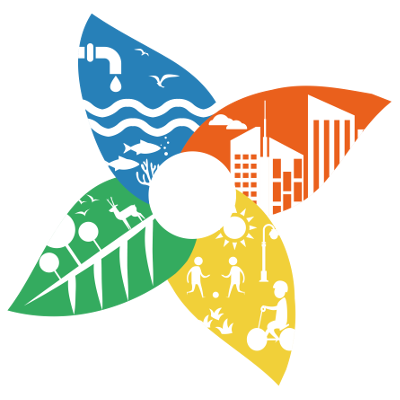Sofia
Sofia
Sustainability challenges for Sofia result from a legacy of a Soviet-era industrialisation with no attention paid to environmental issues, and from currently pressing issues of aligning economic growth with environmentally sustainable urban development. As the capital of Bulgaria and the largest city in the country, Sofia is an economic, cultural, and educational centre. It is a dynamic and continuously growing area, which at the same time holds significant natural resources, such as hot thermal springs, long sun hours, fertile agricultural land, and biodiversity. Yet, Sofia is not capitalising on this potential. First, the lack of data and information on the benefits and importance of ecosystem services as well as on the anthropogenic impact inhibit not only the introduction of an appropriate policy framework, but also the raising of awareness for and the mainstreaming of NBS. Second, the unsatisfactory conditions of green spaces, public infrastructure, and transport systems with no priority regarding pedestrian and bicyclist zones deepen the pressing issue of air pollution in the city. Nevertheless, there is a shift in the expectations and behaviour of citizens and public officials. Nature-based solutions are beginning to gain prominence in Sofia, which, for example, is indicated by the increase in the reconstruction of parks since 2010, rising number of new urban gardens, and new private afforestation initiatives or volunteer work in parks.

